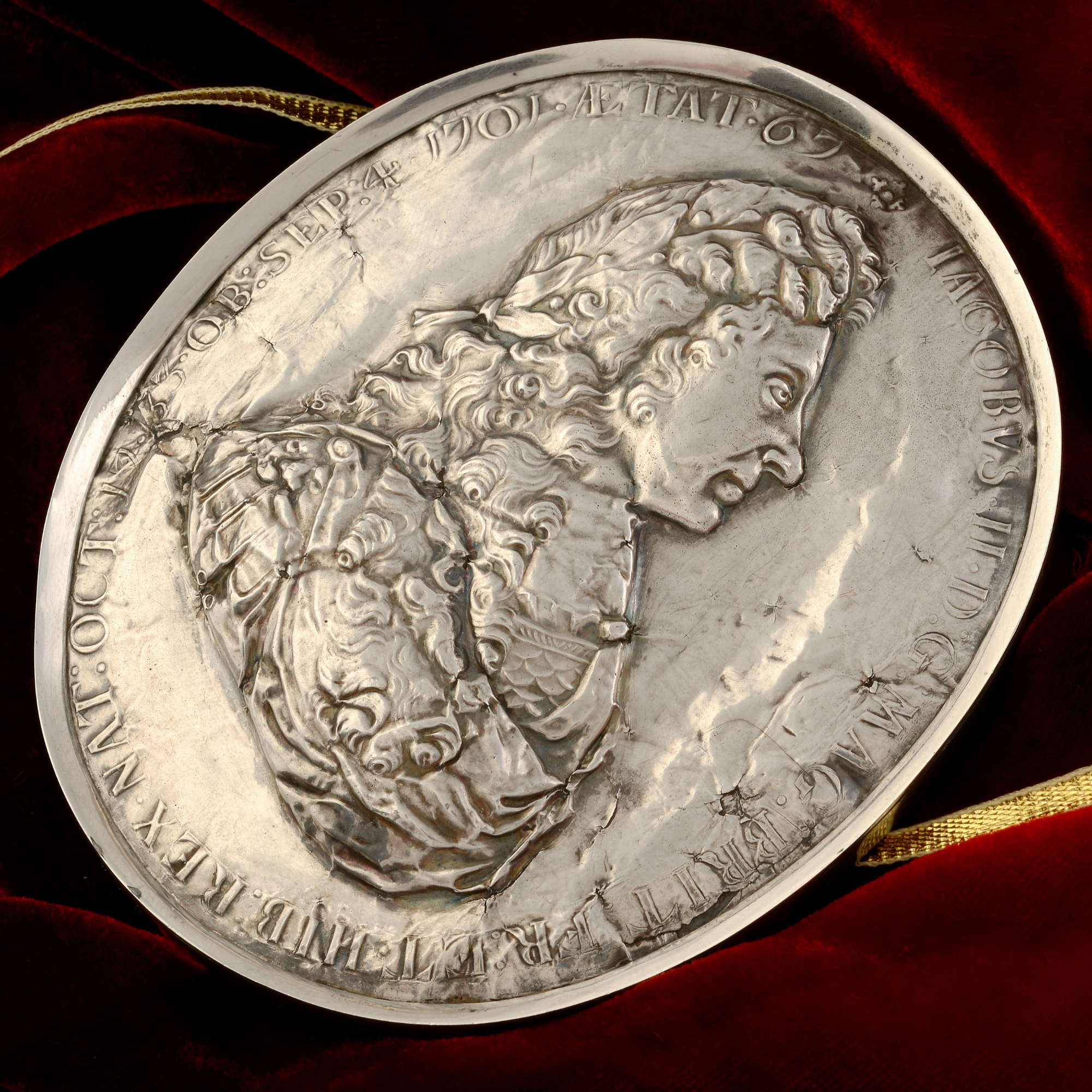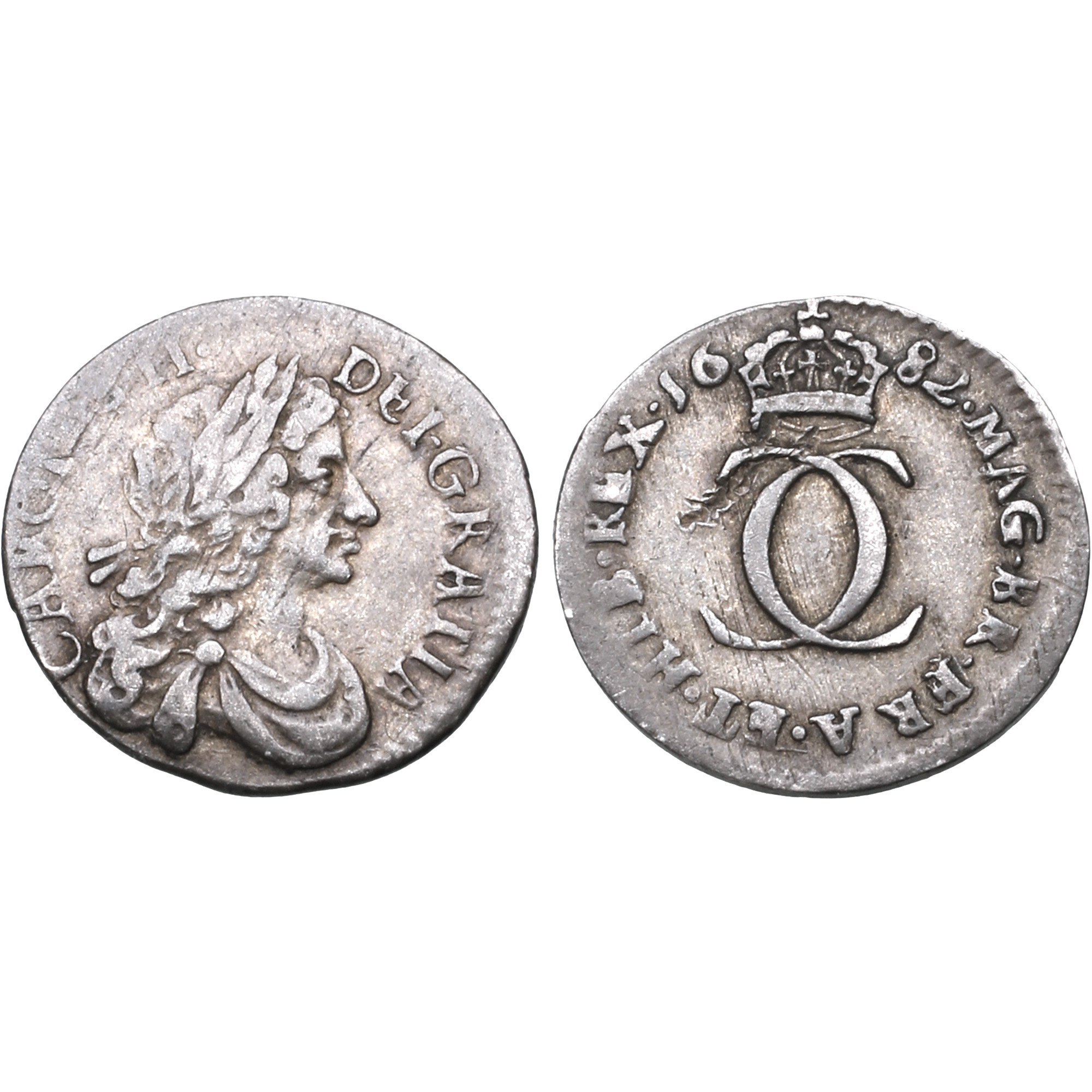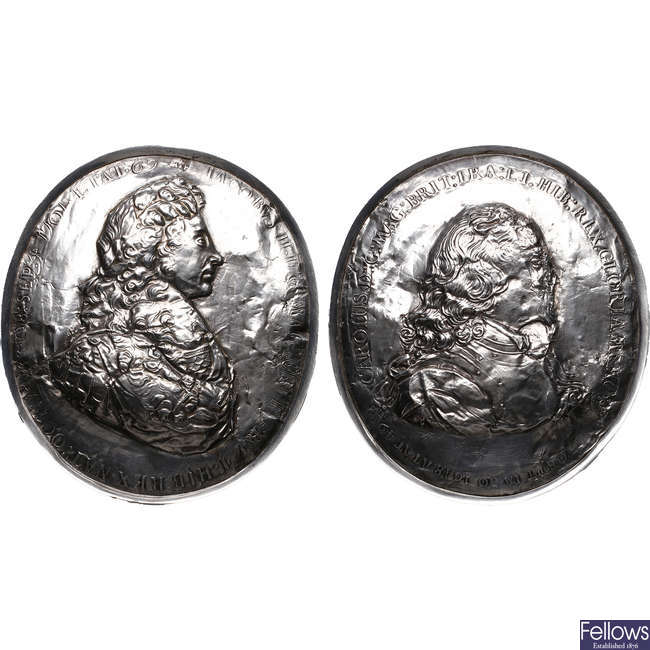Introduction to the Roettier Family Legacy
Philip Roettier was a goldsmith and medallist in Antwerp during the late 16th and early 17th centuries. His family’s fortune was built through his connection to the exiled King Charles II of England, to whom he lent money while the king was in Europe. In return, King Charles promised to employ Philip’s three sons (John, Joseph, and Philip) once the monarchy was restored in England.
True to his word, in 1661, King Charles invited the Roettier brothers to work at the Royal Mint in London. Although the circumstances of their appointment were unusual, the Roettier brothers quickly gained recognition for their skill as engravers and went on to hold prestigious positions in the world of coinage.
The Roettier Brothers at the Royal Mint
The Roettier brothers earned considerable acclaim for their craftsmanship in coin engraving. The brothers were appointed to high-ranking positions in multiple mints across Europe:
- John Roettier became the chief engraver at the Royal Mint in London.
- Joseph Roettier was appointed engraver general of the French Mint.
- Philip Roettier became engraver general of the Spanish Mint in the Low Countries.
Their most notable work included John Roettier’s medal commemorating the Peace of Breda. This medal featured the depiction of Britannia, which became so popular that it was used on copper coinage in England until 1775. Samuel Pepys, the famous English diarist, praised John Roettier's work, recognizing the fineness of his engraving.
The Fall of John Roettier
However, in 1695, the Roettier family faced a dramatic fall from grace. Dies from the Royal Mint were stolen and used by coiners in Fleet Prison to strike copper Guineas for the exiled James II, a Catholic rival to the English throne. As the chief engraver, John Roettier was held responsible for the incident, despite no clear evidence of his involvement. His position was revoked, and he was stripped of his residence at the Tower of London, where he had lived for over 30 years.
John’s Catholic faith and his loyalty to the Jacobite cause were likely significant factors in his downfall. He was publicly labelled a "violent papist" by the committee investigating the incident.
The Next Generation: Norbert and James Roettier
John Roettier had two sons, James and Norbert, who both pursued careers in coin engraving. Norbert Roettier began working at the Royal Mint in 1684, but his Catholic beliefs and political sympathies for the Jacobite cause again created tensions within the monarchy-controlled mint.
In the 18th century, Horace Walpole, an English writer, suggested that Norbert may have subtly defaced coins of William III by adding a small satyr head to them. However, there is no conclusive evidence for this accusation, indicating the suspicion and political tension surrounding Norbert’s work.
Following his father's deposition in 1695, Norbert fled to France, where he supported the exiled Stuarts. He helped the Stuarts by creating medals and was later appointed engraver general of the French Mint, a position once held by his uncle Joseph Roettier.
Continuing the Family Legacy
The Roettier family legacy continued through Norbert’s son, James Roettier, who was appointed engraver of the French Mint by James Edward Stuart, the Pretender to the English throne. The Roettier family’s involvement in coin engraving extended across multiple generations and national borders, leaving an indelible mark on the history of European minting.
Roettier Coins at Auction
Lot 91
England, Charles II AR Twopence.
Estimate: £30 - £50
Lot 320
England, Ireland & Scotland, Charles I & James II Double Sided Silver Plaque.
Estimate: £400 - £600
















